Explainer: What is an endangered species?
Identifying species in danger of disappearing is the first step to conserving them
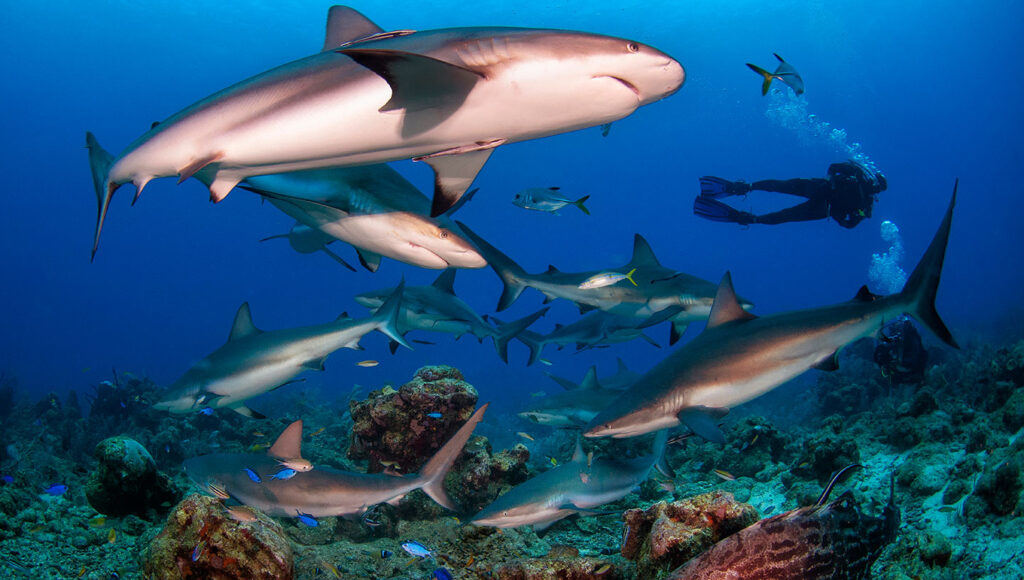
As overfishing has caused the numbers of Caribbean reef sharks to decline, the risk of these fish going extinct has climbed. The sharks moved to the Red List’s Endangered category in 2019.
Antonio Busiello/Moment/Getty Images
From the tiniest mushroom to the mightiest whale, endangered species have one thing in common. They’re in danger of disappearing. Whether it’s a cactus or a coral, these species face threats in their environment. Such threats can include habitat loss, disease and climate change. And with small or dwindling numbers or range, these species could soon be completely gone.
Governments and organizations use different terms and criteria to describe species’ risk of extinction. The International Union of Conservation (IUCN) is a global organization that gathers information about the world’s species. This organization ranks species from across the world based on their population health. A species in peril can be labeled as Vulnerable, Endangered or Critically Endangered. These are all categories that mean the species is at risk of going extinct. Meanwhile, the U.S. government has its own terms: threatened and endangered.
“But the goal is the same — identify the species at highest need of our help,” says Jennifer Luedtke. Luedtke is a conservationist who helps the IUCN keep track of the world’s amphibians. She also works for in Washington, D.C. for Re:Wild. This organization is working to protect the diversity of life on Earth.
Identifying endangered species is the first step toward conserving them. For many species, that work begins with the Red List. The International Union for Conservation of Nature, or IUCN, created this list. Based in Gland, Switzerland, IUCN maintains the most compete descriptions on the global status of at-risk plants and animals.
Endangered species and where to find them
The IUCN’s Red List is a who’s who of all the world’s plants, animals, and fungi — or at least, as many of them as possible. With over 2 million species on Earth, it’s a big job to study them all. Thousands of experts work together, sharing their knowledge. So far, the Red List describes the extinction risk for more than 142,500 species.
Some species, such as the American black bear or the red maple tree, aren’t in immediate danger. The Red List labels them under its category of Least Concern. Those with hints of danger ahead are considered Near Threatened.
But more than 40,000 species fall under the Red List’s Threatened categories of Vulnerable, Endangered and Critically Endangered. You can think of these categories as a warning system for extinction risk. Imagine Vulnerable species, such as the giant panda, carrying a yellow caution sign. But a species that is Critically Endangered — such as the Sumatran rhino — has a flashing red siren.
Experts look for several signs that a species is in trouble, says Janet Scott. She is an IUCN conservationist who works on the Red List. She’s based in Cambridge, England.
If a species’ population is tiny or getting smaller, that’s red flag number one. Experts also look for changes in range, meaning the area in which the species lives. Perhaps an antelope doesn’t occupy the savanna it once did. Or maybe the wetlands a plant needs are being destroyed or split up. Any of these factors can spell trouble.
Often, there isn’t much known about rare or little-studied species’ status. But experts make their best estimate with the information they have. “Because if we waited until we were certain, nothing would ever happen,” Luedtke says.
Species switch categories — for better or for worse — as experts learn more about them. For example, the Caribbean reef shark’s numbers are declining due to overfishing. So the Red List listed the shark as Endangered in 2019.
But sometimes changes occur because of good news. The South Georgia pipit is a small brown bird found on an island in the South Atlantic Ocean. South Georgia Island worked hard to get rid of invasive rats preying on native birds. “That’s having really positive effects on lots of species,” Scott says. The pipit is one of the first species to officially recover — moving in 2021 into the category titled Least Concern.
-
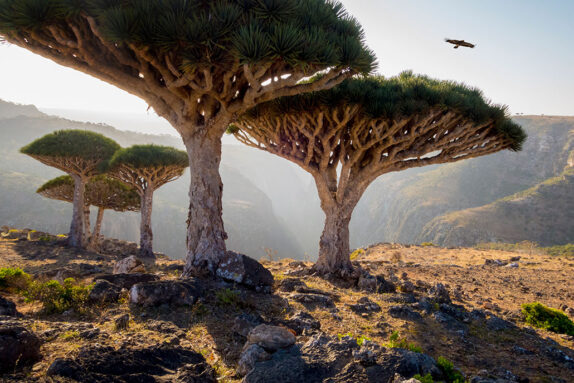
The dragon’s blood tree earns its name from the bright red sap in its trunk. With climate change and logging threatening its habitat, this species is considered Vulnerable by the Red List. John M Lund Photography Inc/ DigitalVision /Getty Images -
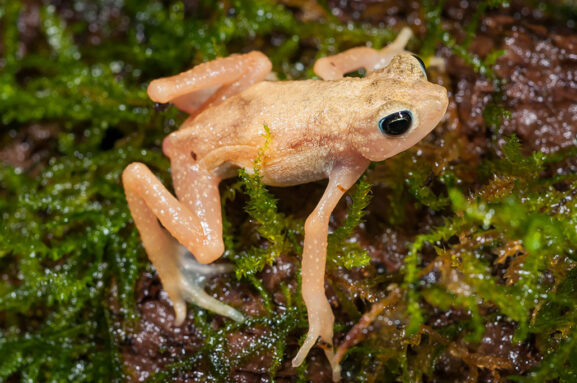
There were once tens of thousands of Kihansi spray toads under a waterfall in Tanzania — until a dam reduced the waterfall’s spray and a deadly chytrid (KIH-trid) fungus swept through the toad population. Today, Kihansi spray toads live in zoos, but the Red List considers them extinct in the wild. R. Andrew Odum/ Photodisc/Getty Images -
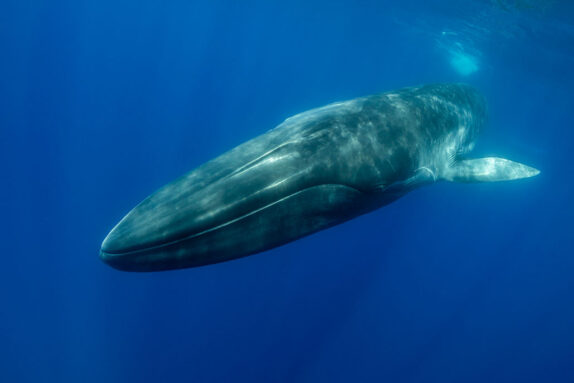
Decades after being hunted to the brink of extinction, fin whales are showing signs of a comeback. With the whales’ numbers on the rise, they bumped up to the Red List’s Vulnerable category in 2018. wildestanimal/ Moment/Getty Images -
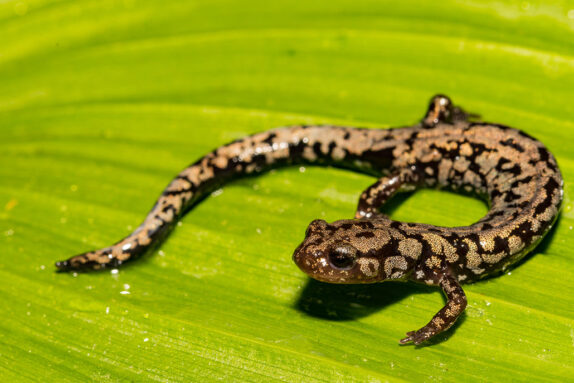
Weller’s salamander lives on just a few mountaintops in the eastern United States. “Roll a log over and maybe you’ll see this beautiful, gold-flecked creature, skinny with little, tiny arms and legs,” Brenna Forester says. The salamander isn’t currently on the U.S. Endangered Species List. But it gets special protection in North Carolina and Tennessee, two states where it lives. Jason Ondreicka/iStock/Getty Images Plus -
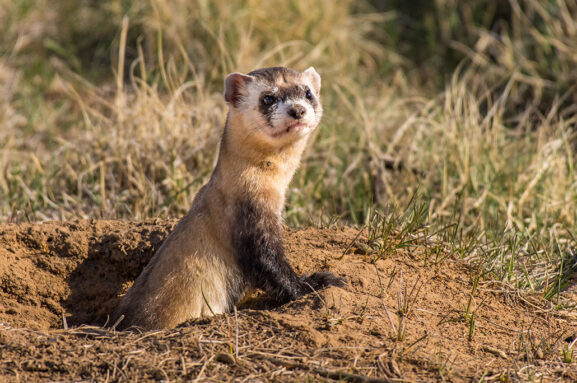
The U.S. Endangered Species Act offers legal protection for plants and animals at risk of going extinct — including the black-footed ferret, pictured here. Kerry Hargrove/iStock/Getty Images Plus -
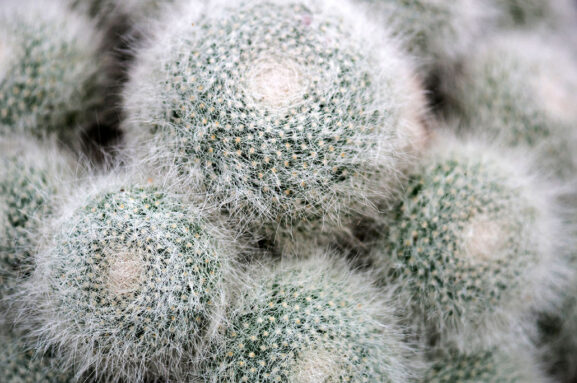
The fuzzy-looking appearance of the cactus Mammillaria albicoma makes it appealing to houseplant buyers. But it’s considered Endangered by the Red List. In the wild, this cactus grows in only seven locations in Mexico. AlecOwenEvans/iStock/Getty Images Plus
The U.S. Endangered Species List
The United States has its own process for identifying plants and animals in peril. A law called the Endangered Species Act (ESA) guides the process. Unlike the Red List, the U.S. Endangered Species List has just two categories. Species it lists as endangered are considered currently at risk of extinction. Threatened species are those it believes could become endangered in the future.
But there’s something very important about the Endangered Species List. “Once a species is listed, it gets legal protection,” explains Brenna Forester. She’s a biologist with the U.S. Fish and Wildlife Service in Fort Collins, Colo. That’s one of the agencies that collects information about the health, habitat and threats that species face. That information is used to decide whether a species should be listed and protected.
If a plant or animal makes it onto the Endangered Species List, it becomes illegal to harass, kill or catch them. Then the next step begins: developing a plan to help them recover. “We figure out what needs to happen to stop the threats,” Forester says. That plan could involve restoring habitats or removing invasive predators. It can even mean breeding the species in captivity to boost its numbers.
Take the black-footed ferret — one of the most endangered mammals in North America. Devastated by disease and habitat loss, the ferret was thought to be extinct in 1979. But in 1981, a group of wild ferrets was discovered in Wyoming. Conservation scientists got to work protecting habitat. They also set up a captive-breeding program and later reintroduced ferrets into the wild. Researchers even started a program to clone some of the ferrets.
Black-footed ferrets “aren’t out of the woods yet,” Forester says. But thanks to their protection under the Endangered Species List, “they’re way farther along on the road to recovery. They would have been lost if they hadn’t been listed.”
Piecing together the conservation puzzle
Every species plays a role in its ecosystem, whether it’s a mollusk or a moth. When a species goes extinct, the planet loses biodiversity it can’t get back. “We lose the health of our ecosystems and the ability of the ecosystems to be resilient and bounce back,” Forester says.
But, adds Scott, the story of the fin whale shows that “when something needs [to be] changed to protect species, it can happen.” Overhunting pushed fin whales to the brink of extinction. Then, in 1986, most nations of the world agreed to stop hunting them.
Decades later, ripples of that decision are starting to emerge. Fin whales take a long time to grow up and reproduce. But today, their numbers are on the rise. In 2018, they moved out of the Red List’s Endangered category and into the Vulnerable category. That’s a sign they’re getting closer to recovery.
Figuring out species’ extinction risk is just the first step to conserving the planet’s biodiversity. “Whether it’s to inform a school project or the creation of a national park, we want this information to be widely used,” Luedtke says. “The reason we’re doing this is so that people can do something about it.”







